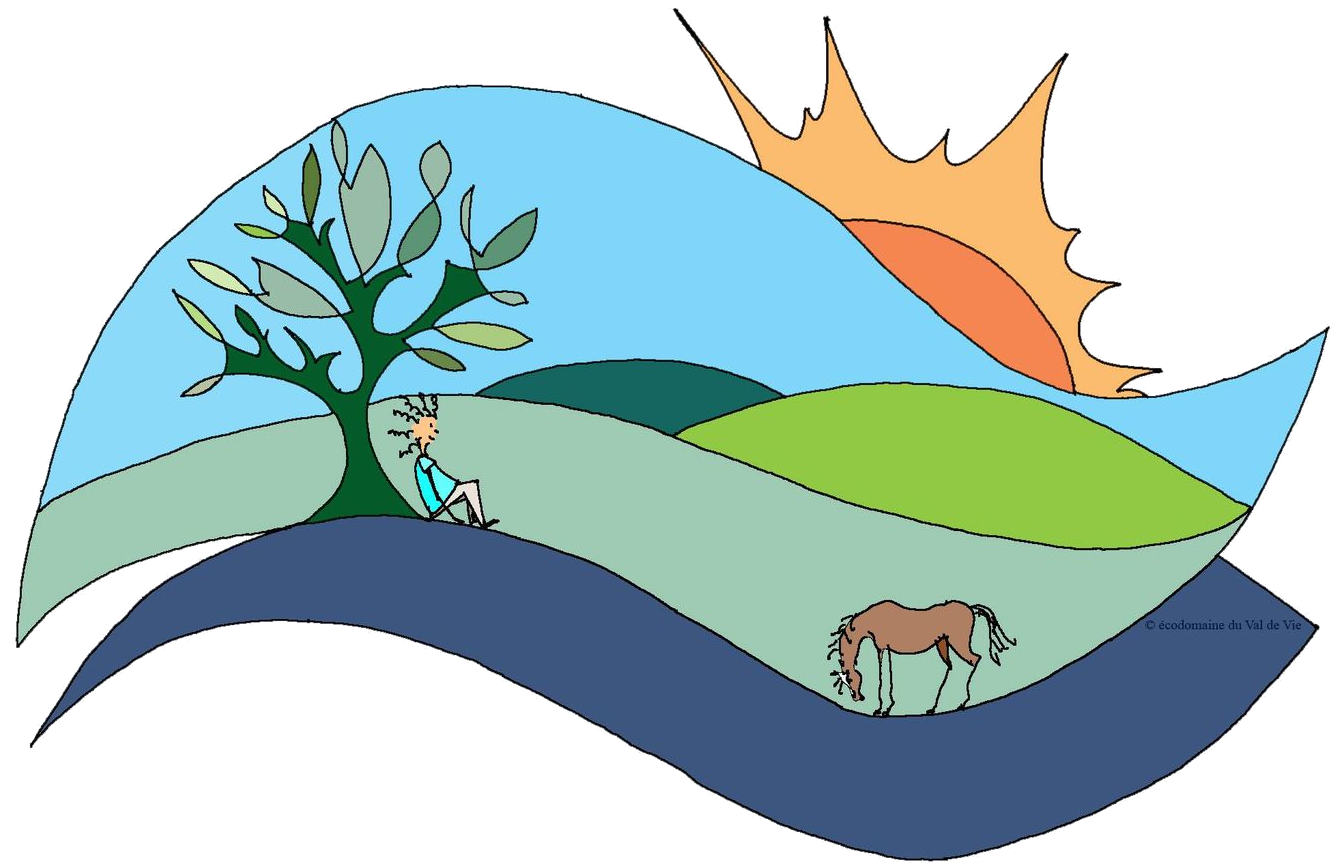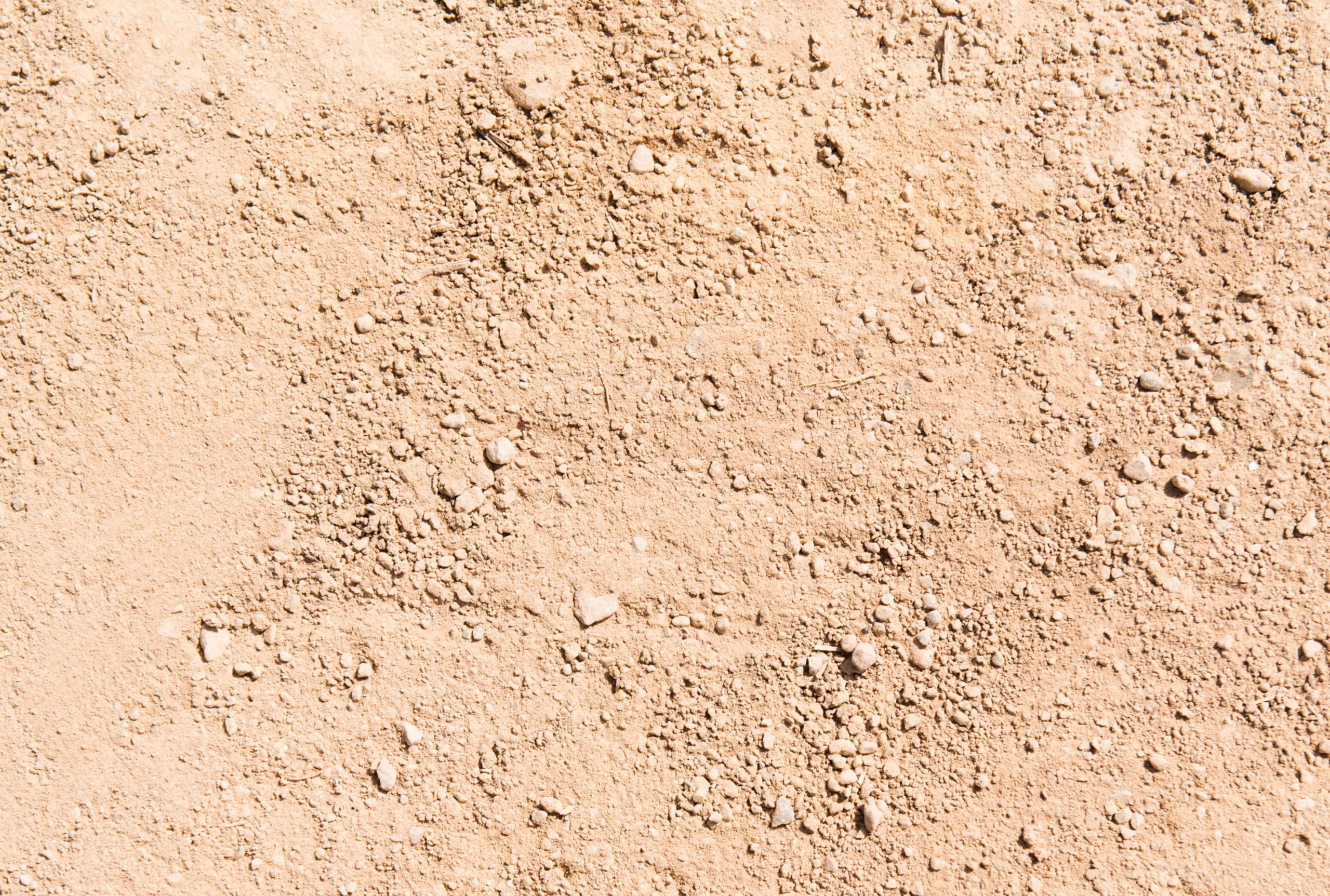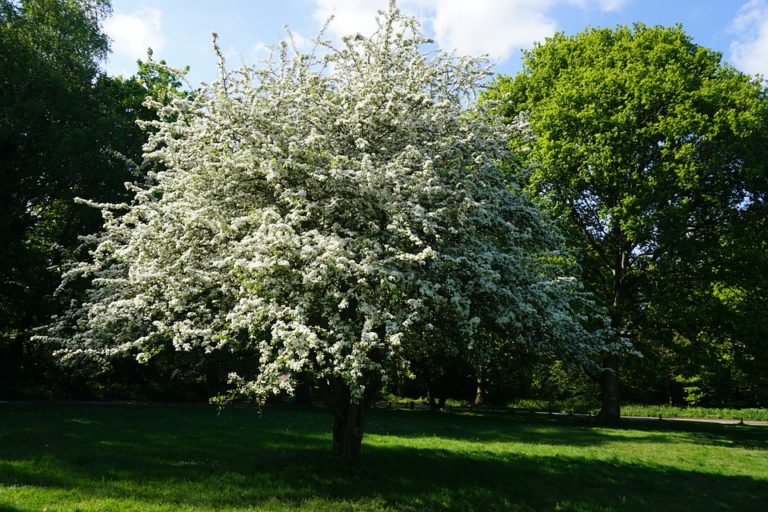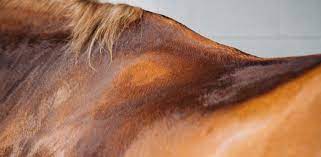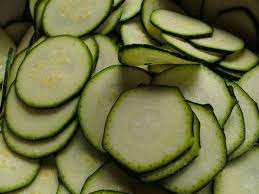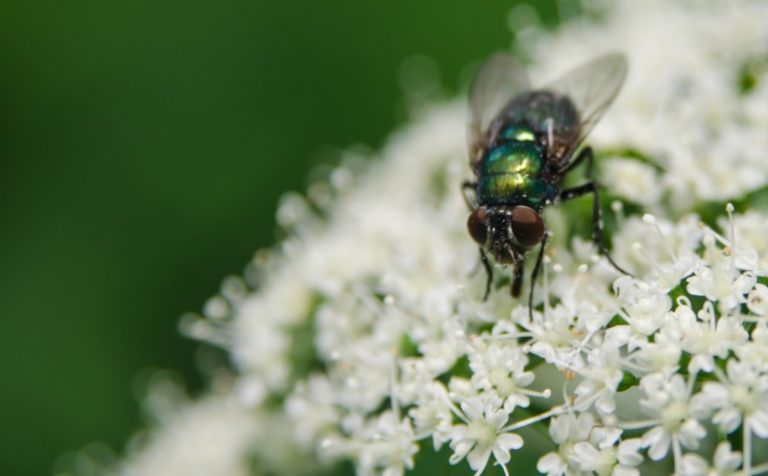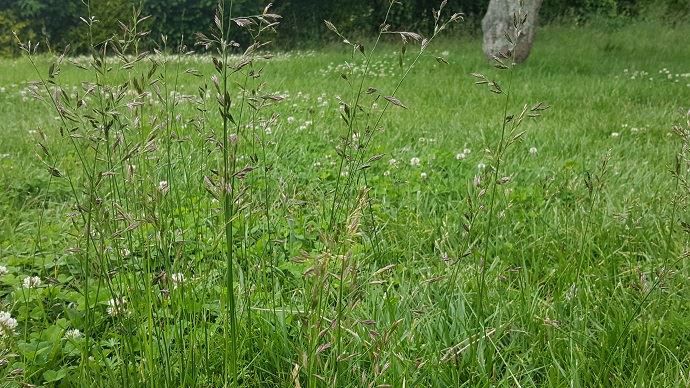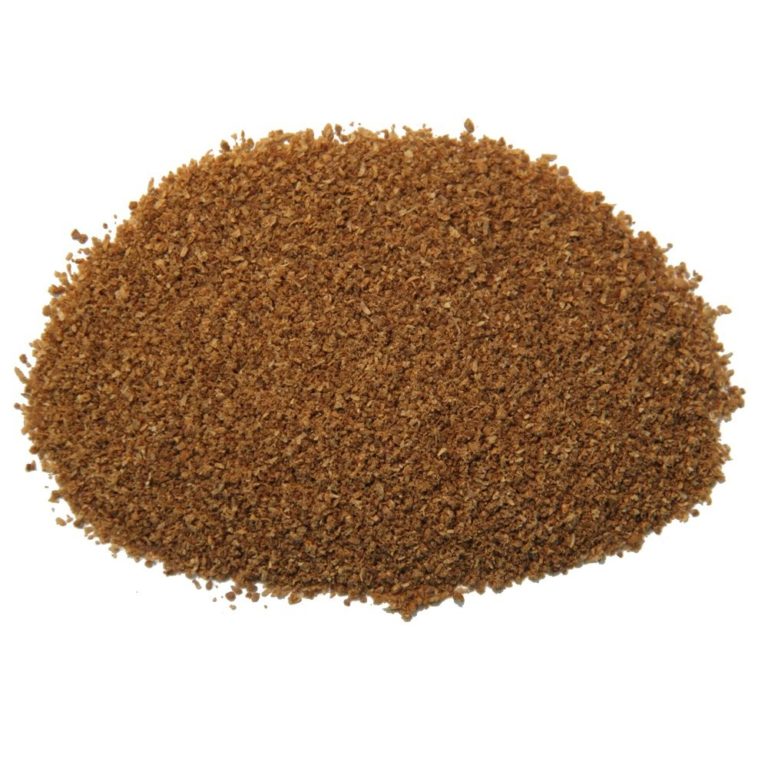Pollution, climate and allergies
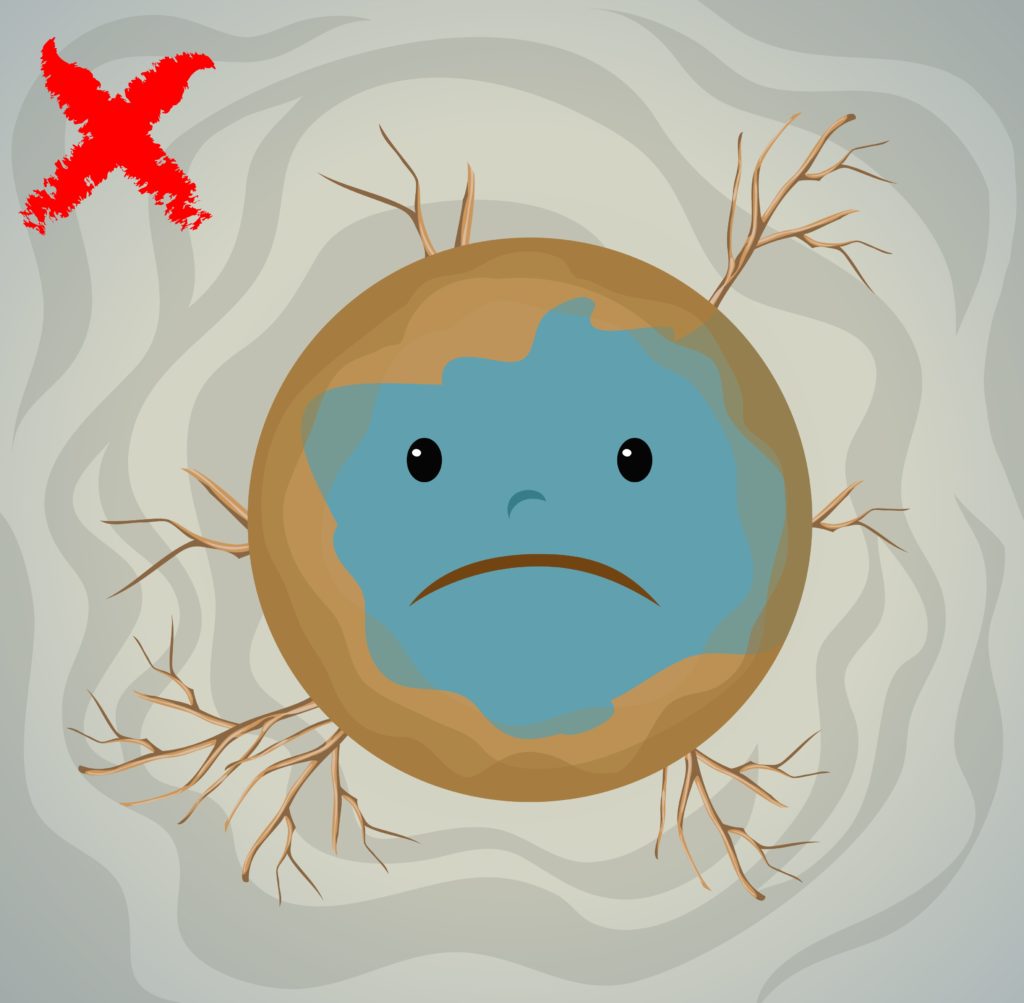
Part 2
Exposure to pollen is a natural phenomenon: horses have been exposed to it throughout their development.
- the production of protective mucus is a normal reaction that binds the allergen and expels it,
- sneezing is perceived by the herd as a warning sign that prompts the group to move away from a place, for example.
But exposure to pollution is a recent phenomenon. It combines with the consequences of global warming with a rapid and very strong increase in pollen.
=> remember to go see the part 1 here >>
pollutants,
where do they come from and where do we find them?
Pollution begins with the accumulation of various wastes as soon as people settle down and the population increases ... But the presence of very toxic pollutants began to develop in the 19th century with the industrial revolution. This was followed by the agricultural revolution with chemistry and nuclear power in the second half of the 20th century.
We find these pollutants in 3 vectors that transport them:
- water
- food
- air
Pollutants: what are they?
There are many sources of pollutants:
- plastics and nylons: buckets, feeders, drinkers, halters, hay nets ...
- fabrics: rugs, blankets ...
- furniture: in the saddlery, the club house ...
- pesticides: in food given to horses, from the neighborhood ...
- packaging,
- care products,
- etc...
The interactions between these different sources remain unknown: but we know that everything also depends on the doses and the time of exposure.
What to do ?
Many factors weaken the immune system which naturally defends the body.
=> great vigilance is required to limit ingestions:
- when we water
- and feed the horse
Horse nutrition and environment
1) water:
It is through an analysis of the different sources of supply that we can look at the pollutants:
- to begin with, tap water from the network: drinkable but sometimes still contaminated. The chlorine content is reduced by simple exposure to open air.
- then there is the recovered rainwater: it is poor in minerals and can carry the pollutants present on the roofs
- then water from the well, spring, river, pond: each deserves an analysis at different times of the year
- due to seasonal variations
- and agricultural practices in the immediate and upstream sector ...
- an equine permaculture design provides for water filtration installations using flora for example ...
- avoiding plastic pipes and containers reinforces the approach.
2) food: they can be contaminated directly or indirectly
- some GM varieties, F1 hybrids or some foods grown on nutrient poor soils have micronutrient deficits. By carrying out a regular analysis of the hay we can supplement the horse in a targeted and appropriate way,
- for pesticides and other heavy metals found in conventionally grown foods and sometimes on contaminated soils, it is necessary:
- to choose a supplier at least in “sustainable agriculture”, and better still “organic”,
- or to implement a "homemade" hay production by taking care of both the flora but also the soil that will nourish it,
- wet the hay to remove dust (steam can also be used) limits dust and pollen,
- there are also pellets of fodder that can be given wet and that avoid any dust and all the pollutants that go with it: be careful, however, to monitor the horse's dentition and its transit, because these foods are soft and very liquid,
- as with water, avoiding plastic containers reinforces the process.
3) air: it conveys what circulates inside the site but also what comes from the neighborhood or even from far away
- the permaculture design makes it possible to identify the air flows entering and circulating on the site: many elements can be installed such as hedges for example in order to filter and direct the winds,
- when it is the moment to choose a place, studying the "large" environment around the site becomes a primordial element (especially in highly urbanized regions or in agricultural land with large crops) ...
- the maintenance of the horse's living space is essential: dust of all kinds as we saw in the first part,
- are composed of many pollutants,
- and are additionally the preferred vehicle by air.
- often it is not the dust alone that will be allergenic, but the pollen stuck to this dust ...
- muddy soils that become powdery in dry weather must therefore be taken into account and managed to limit this dust.
- consider using natural products
- limit as much as possible the mechanization that uses fossil fuels (take care anyway).
Horse care and lifestyle
=> we can also act with phytotherapy, energy treatments, a natural way of life that meets the physical and phycological needs of the horse will give the horse an organism capable of coping.
- both to strengthen the immune system,
- then so as not to exhaust the immune system: chemical drugs have an impact on the intestinal flora, for example, and can therefore lead to dysbiosis in the body,
- and finally to support it by helping the body to rid itself of toxins.
These points will be the subject of future articles ...
Keep in mind that equine permaculture is a holistic approach: by improving the living space that you share with your horse, the entire immediate and even distant environment improves.
